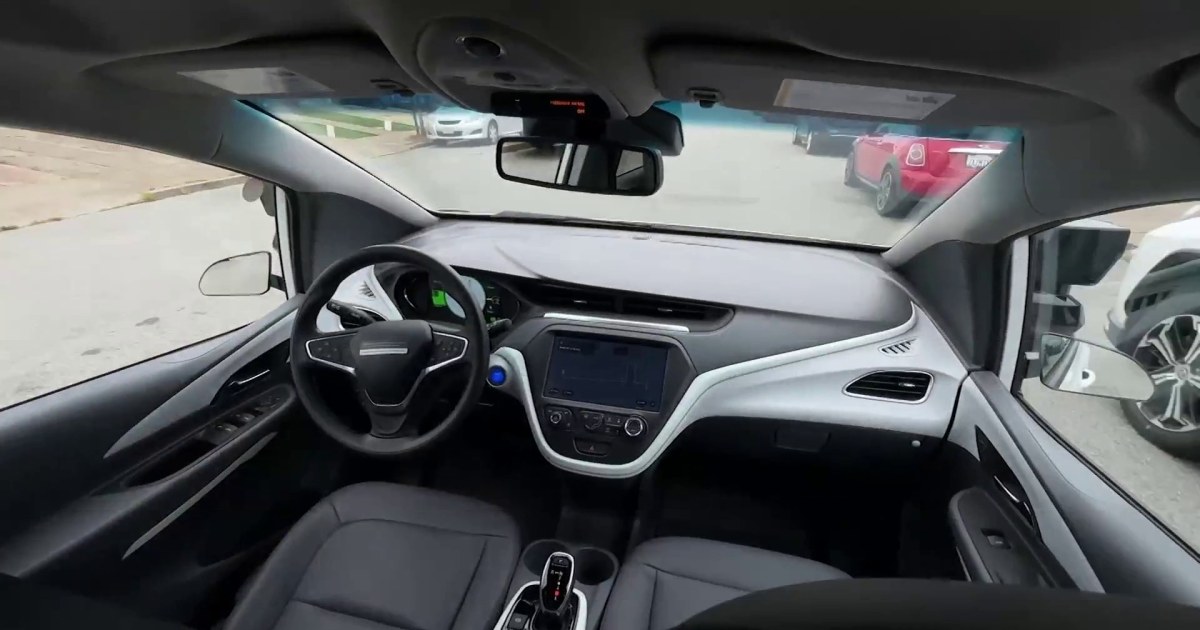loquitur
Member
That's just a sample of SF-local news on robotaxis. I don't have an opinion about one vs. the otherAre you saying local news is more favorable to Cruise than to Waymo? The Waymo story seems more negative (focusing on a "stall") whereas the Cruise seems more positive (focusing on Cruise wanting to expand quickly).
(Zoox will be there too), but I'm a bit strange, having never ride-hailed anywhere.
[Aside: For basic transportation within the city environs I take BART, SF Muni bus/trolley, or walk, and otherwise happily drive a Tesla (using FSDb a good fraction of the time). Besides these transportation modes (almost all done with renewable fuels), there are scooters & bikes for the brave. Uber/Lyft was funded by the subsidized techbro mentality; I believe it generally undermines quite decent public transportation and further clogs up the streets. Note: this does not speak for people who never would rub shoulders with social miscreants, ha!]
One Mission Local news comment on the controversial Valencia St. bike-lane is there are plenty of
non-robotaxi stalls, too, like double-parked UPS trucks, ride-hail cars, etc. It's street-specific what ends up happening there with the combination of driver impatience and unknown-length stall time.
Last edited:




